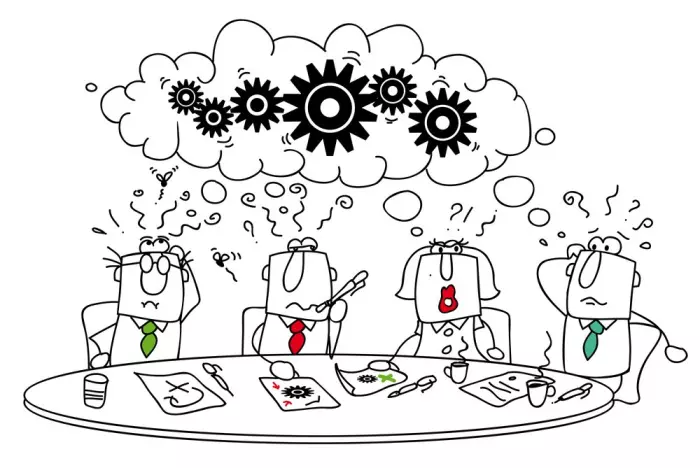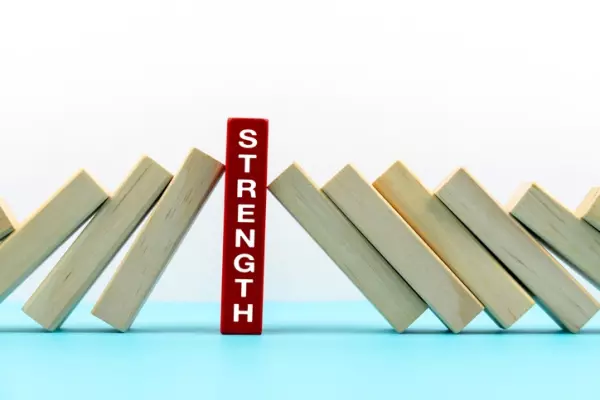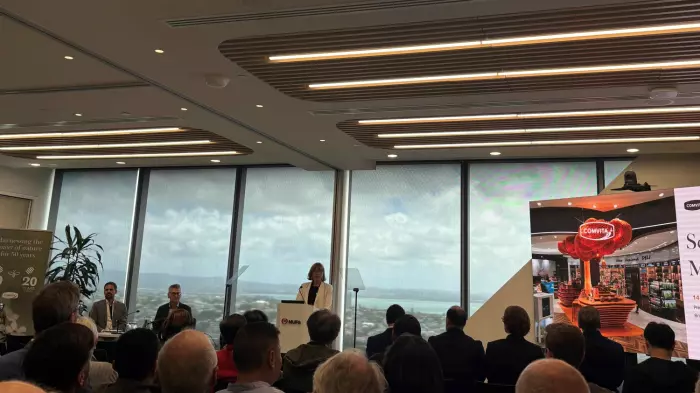Managers often tell their employees, “Don’t bring me problems, bring me solutions". They want to see initiative and progress rather than complaints and excuses.
Ironically, though, a solutions focus is actually a bad way to foster a culture of problem-solving in an organisation.
It’s a recipe for frustration, stagnation, and missed opportunities.
By creating a false dichotomy between problems and solutions, it discourages employees from sharing valuable insights and feedback, as well as stifling creativity, collaboration and learning. There is a better way.
Albert Einstein said, "If I had an hour to solve a problem, I'd spend 55 minutes thinking about the problem and five minutes thinking about solutions." Energy spent understanding a problem helps to avoid common traps and biases that can lead us to the wrong solutions, and helps us to generate more, better ideas that can meet the needs and desires of the people we are trying to serve.
Explore underlying needs
These observations come from the discipline of design. Jeremy Utley, director of executive education at Stanford University’s d.school, suggests that every problem is fundamentally an idea problem, and that we need to apply design thinking methods and mindsets to explore the problem space before jumping to the solution space.
But understanding the problem is not quite as simple as it sounds. It requires more than just asking what the customer wants, the employee needs or what the market demands.
It requires a deep and empathetic exploration of the underlying needs, desires, motivations and emotions of the people we are trying to serve.
It requires a willingness to challenge our own assumptions, biases, and preferences, and to embrace uncertainty, ambiguity, and complexity.
Curiosity to learn
This can be gnarly – it’s not a skill that we’re taught or something actively encouraged in legacy institutions.
It requires a curiosity to learn from diverse perspectives, experiences, and sources of information.
Above all, it requires a level of creativity to imagine new possibilities, test them rapidly, and learn from failure.
A proper frame on a problem is every bit as meaningful an output as the solution is. Famed inventor Charles Kettering, head of research at General Motors from 1920 to 1947, believed that “a problem well stated is half solved”, yet how little attention is given to precise problem framing in business?
By asking the right questions, you may find that the problem is the problem; that is, that the way a problem is framed is itself the issue.
Here are five strategies to ensure you are addressing the right problem:
Reframe the problem from different perspectives and challenge your assumptions. Ask questions like “Why is this a problem?”, “Who is affected by this problem?”, “What are the root causes of this problem?” and "How might we solve this problem differently?"
Empathise with your users and understand their needs, desires, motivations, and emotions. Employ techniques such as interviews, observations, surveys, personas and journey maps to gain insights into their problems and goals.
Define the problem statement in a clear and concise way that summarises the current state, the ideal state, and the gap between them. Use a format like “How might we help [user] to [goal] so that [impact]?” or "We need to [goal] for [user] because [reason]."
Prioritise the problem and set criteria for that prioritisation. Evaluate the problem against its potential impact, desirability, urgency, feasibility, viability and strategic fit.
Test your problem assumptions with experiments and prototypes that can validate or invalidate your hypotheses. Use methods like MVPs (minimum viable products), user testing and feedback sessions to measure the outcomes and to learn from them.
So forget the mantra "don't bring me problems, bring me solutions". It may be well intentioned but it’s ultimately limiting your ability to develop a truly innovative and problem-solving culture within an organisation.
Instead, embrace a more-nuanced approach that embraces the exploration of problems and the complexities that surround them.
By focusing on understanding problems and ensuring they're the right ones to solve, organisations can foster lasting, meaningful change and unlock their full potential for innovation and impact.













